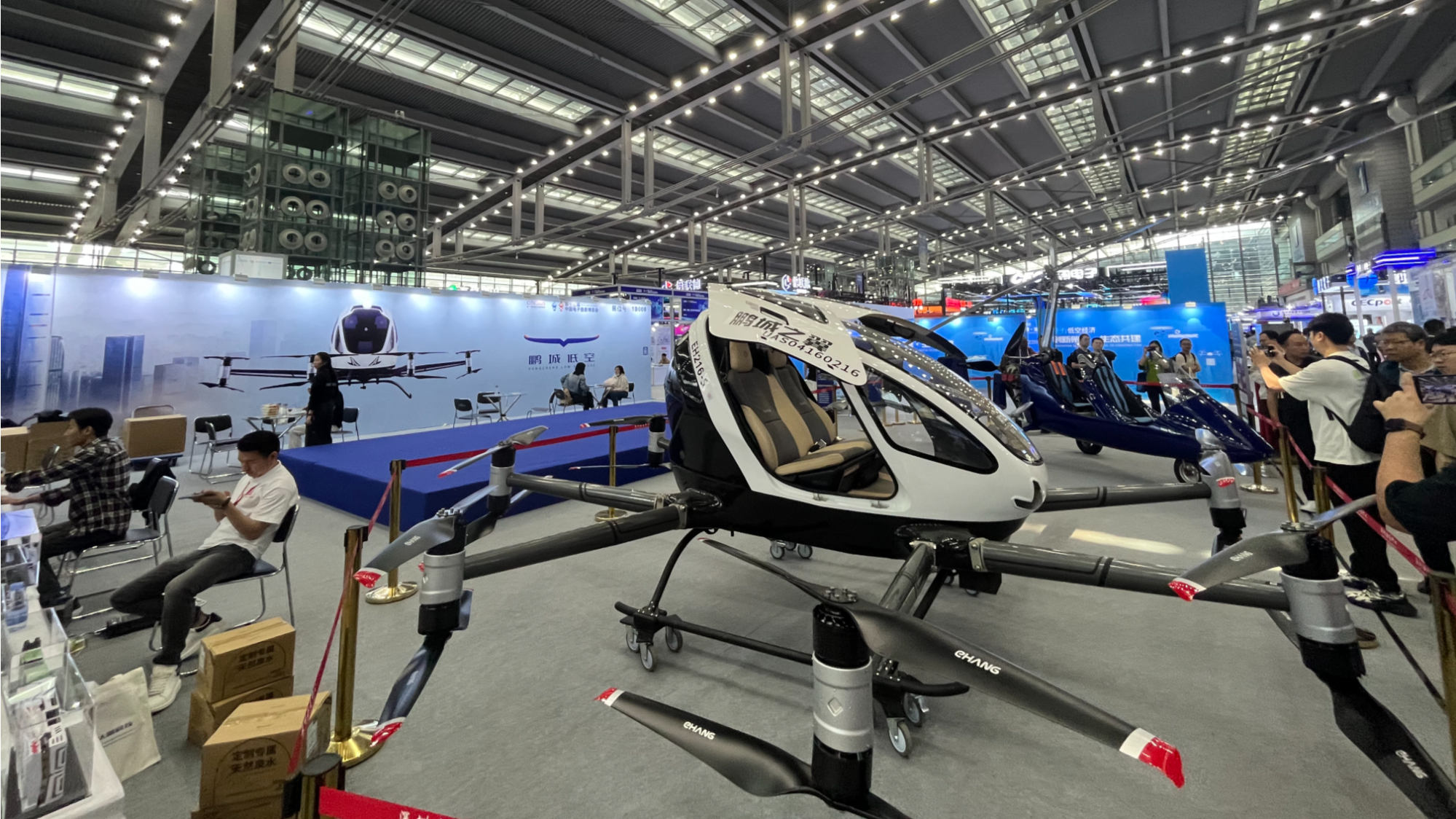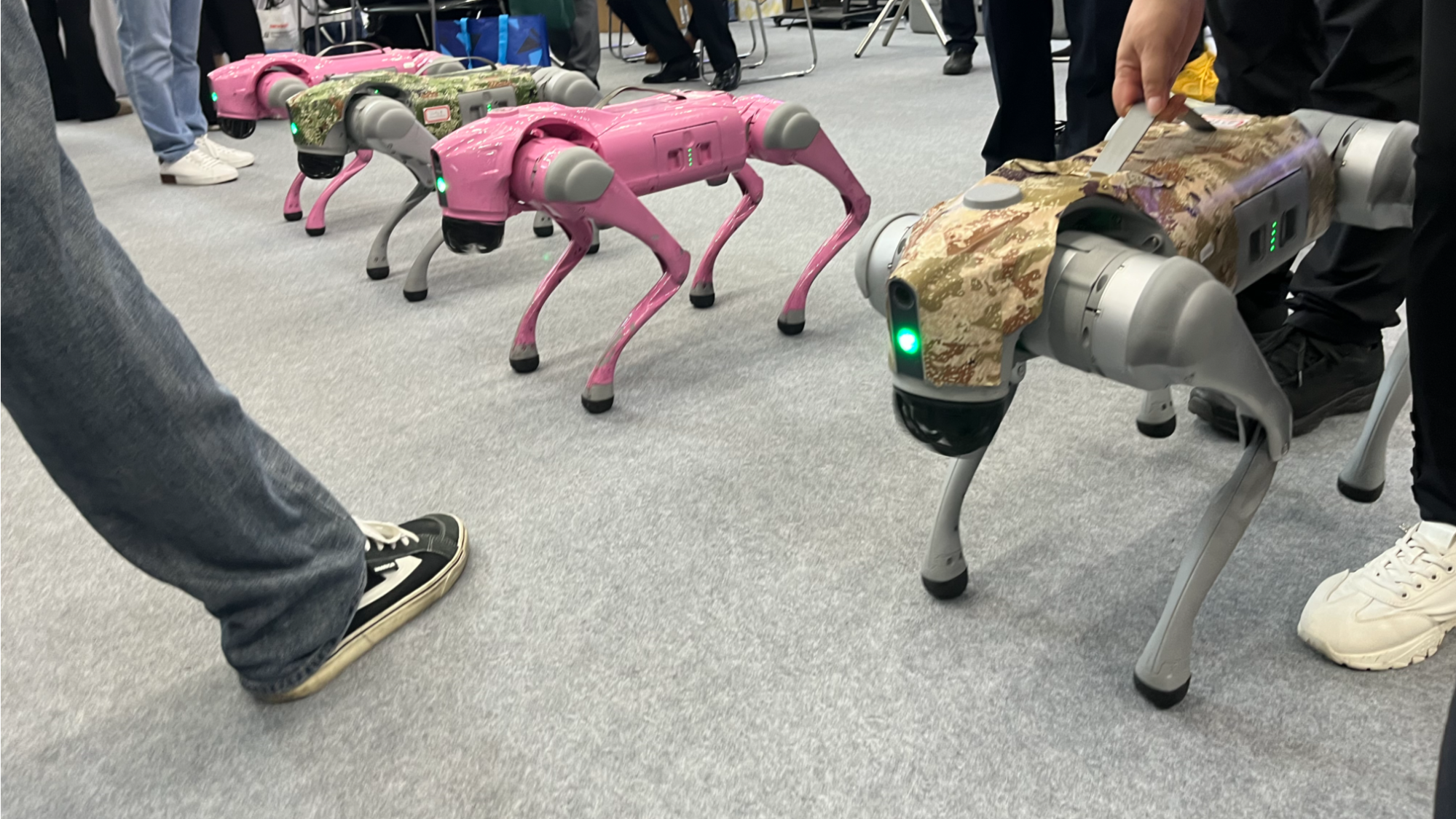
Amid global industrial chain restructuring and deepening technological changes, the electronic information industry — a strategic pillar of China’s economy — has maintained high-quality development with core technologies breakthroughs and an improved ecosystem, experts told the 13th China Information Technology Expo on Wednesday.
In light of the vast opportunities brought by artificial intelligence (AI) development, they emphasized the importance of promoting data flow and deepening integration of industrial resources to facilitate the wider application of AI.
At the expo’s opening summit, Guo Zhaoping, deputy director of China Electronics Corporation’s Science and Technology Committee, highlighted China’s electronic information industry’s impressive performance in spite of numerous challenges.
READ MORE: China's electronic information investment up 9.3% in 2023
In the past year, the industry’s revenue reached 35 trillion yuan ($4.77 trillion), a year-on-year increase of 5.5 percent.
The value added by the electronics manufacturing industry above a certain scale increased by 11.8 percent, with integrated circuit production surpassing 450 billion units.
Additionally, the production and sales of new energy vehicles (NEVs) have maintained the top position globally for 10 consecutive years.
“The achievements are driven by significant breakthroughs in core technologies, continuous enhancement of the industry ecosystem, and systematic innovations in strengthening international cooperation,” Guo said.
Amid the turbulent international trade landscape, which has been exacerbated by the United States’ tariff hikes, China has accelerated independent innovation, achieving significant breakthroughs in semiconductor automation, large-scale AI models, computing power, and the research and development of 6G, he added, while emphasizing the rapid development of Guangdong-Hong Kong-Macao Greater Bay Area (GBA).
Jiang Guofei, China Electronics Corporation’s chief scientist, mentioned the huge demand for high-quality data for AI development. “Data is the core battleground for AI competition, especially generative AI, which requires high-quality data on a large scale.”

Massive data accumulation drives the development of popular applications of domestic large model-based domestic AI applications Doubao, Yuanbao and DeepSeek. Yet to promote AI’s broader integration with industries, the dispersion and fragmentation of data have become a major restriction.
He called for accelerating the development of data infrastructure, promoting open data sharing, and creating high-quality datasets that transform cluttered data into valuable, standardized formats.
Hu Zhensheng, marketing manager of Guangdong Dadao Zhichuang Technology Co, a commercial robot company and one of the exhibitors at the expo, said that China’s progress in semiconductors, telecommunications, and transducers has laid a key foundation for the explosive development of robots in recent years.
Acknowledging the unprecedented spotlight on robots this year, Hu mentioned that their application scenarios have significantly diversified, expanding beyond manufacturing to include healthcare, eldercare, companionship, and education.
The company’s robotics was used at the 2022 Beijing Winter Olympics to promote souvenirs. Currently, their major product is primarily used in shopping malls, integrating multiple functions such as advertising, selling beverages and snacks, data collection, and navigation. Later the robot will integrate with DeepSeek and Xiaomi’s smart application ecosystem to become more intelligent.
In future, they hope to modify it for use in the sports field, such as picking up balls on golf courses or tennis courts. According to Hu, although robotic technology, especially humanoid robots, has achieved breakthroughs, it is essential to find more practical scenarios for their use in the long term.
Anton Savchenko, general manager of Ruintorg, the representative of the Institute for System Programming of the Russian Academy of Sciences (ISP RAS) in China, said rapid technological development has unleashed ample opportunities for cooperation between the two countries.
READ MORE: China's electronic information manufacturing expands 1.2%

ISP RAS is a research and educational organization that develops innovative technologies in the areas of compiler technologies and program analysis, AI and big data, operating systems and clouds, among others.
“China and Russia have complementary advantages in the technological field. While China is advanced in the aspect of application, Russia excels in basic research,” he told China Daily at the expo.
“Through partnership, Russian research institutes could help enhance the stability and fluency of software developed by Chinese technology companies. Meanwhile, the robust real economy and the solid industrial foundation of China could provide wide application scenarios for Russian scientific research achievements.”
Contact the writers at bingcun@chinadailyhk.com


